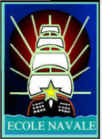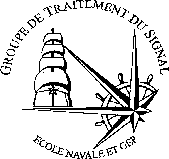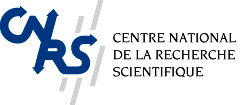| Ph.D. |
UNSUPERVISED HIERARCHICAL MARKOVIAN SEGMENTATION OF SONAR IMAGES AND CLASSIFICATION OF SHADOW SHAPES USING STATISTICAL MODELS
Max Mignotte
This work was achieved at GTS
(Groupe de traitement du Signal) of the french Naval Academy, Brest,
France, with IRISA (Institut de Recherche en Informatique et Système
Aléatoire), Rennes, France. The author thanks CNRS (Centre National
de la Recherche Scientifique) for financial support of this work
(doctoral grant).
September 1995 - August 1998.
( Degree )
| Abstract |
Over the last decades, with significant advances in SONAR technology, sidescan SONAR have provided high-quality acoustic images of the sea-bed, allowing to detect object lying on the seabed. However, because of the large data amount to process, the exploitation of the collected data has now to be achieved with an automatic processing chain. The detection of objects located on the sea bottom and then their classification (as wrecks, rocks, man-made objects, etc.) are based on the extraction and the identification of their associated cast shadows. Thus, before any classification step, one must segment the SONAR image between shadow and sea-bottom reverberation areas. To this end, we have defined a segmentation model integrating a scale-causal and spatial interactions and using a multigrid minimization strategy specifically well suited for the SONAR image segmentation problem. In order to make this segmentation unsupervised, we estimate both the parameters of the mixture-based data model and those of the prior MRF model in a parameter estimation step before the segmentation step. Then, we present a cast shadow classification method. The adopted approach uses statistical models and the Bayesian framework. In this way, we define a prototype template and a set of admissible linear transformations to take into account the shape variability of the object class to be detected. Then, the detection problem of an object class is stated in a Bayesian setting as the estimation of the deformation parameters of a prototype template. This estimation problem is equivalent to the minimization of a complex objective function. This energy function is efficiently minimized, in our application, with a genetic optimization procedure. The resulting value of energy allows to determine whether the desired object is present or not. In order to improve this classification task, a statistical model, based on the identification of the cast shadow shapes for each bottom type and a fuzzy classifier, has been proposed. These methods have been validated by experiments on synthetic and numerous real SONAR images.
Keywords: Bayesian inference, sonar image segmentation, hierarchical Markovian model, parameter estimation, statistical model, cast shadow shape classification, genetic algorithm, fuzzy logic, optimization problems.
| References |
- M. Mignotte, C. Collet, P. Pérez, P. Bouthemy. Sonar image segmentation using a hierarchical MRF model. IEEE Transactions on Image Processing, 9(7):1216-1231, July 2000. (postscript) (pdf) (abstract)
- M. Mignotte, C. Collet, P. Perez, P. Bouthemy. Markov Random Field and Fuzzy logic modeling in sonar imagery: application to the classification of underwater floor. Computer Vision and Image Understanding, 79(1):4-24, July 2000. (postscript) (pdf) (abstract)
- M. Mignotte, C. Collet, P. Pérez, P. Bouthemy. Hybrid genetic optimization and statistical model-based approach for the classification of shadow shapes in sonar imagery. IEEE Transactions on Pattern Analysis and Machine Intelligence, 22(2):129-141, February 2000. (postscript) (pdf) (abstract)
- M. Mignotte, C. Collet, P. Pérez, P. Bouthemy. Three-class Markovian segmentation of high resolution sonar images. Computer Vision and Image Understanding, 76(3):191-204, December 1999. (postscript) (pdf) (abstract)
-
M. Mignotte.
Segmentation d'images sonar par approche Markovienne hierarchique
non supervisée et classification d'ombres portées par modèles
statistiques. Defended on the third of july 1998 at Ecole
Navale (French Naval academy), Brest, France.
(summary)





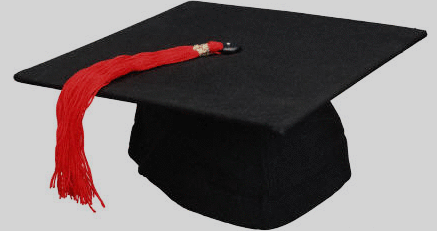
| Figures |
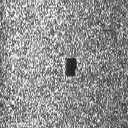
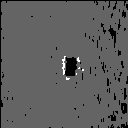
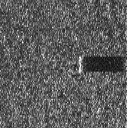
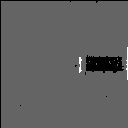
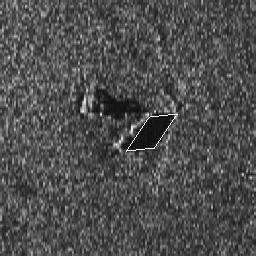
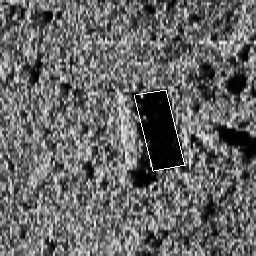
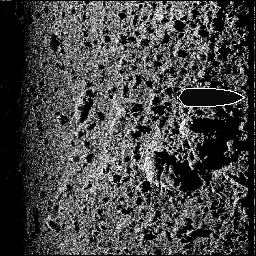
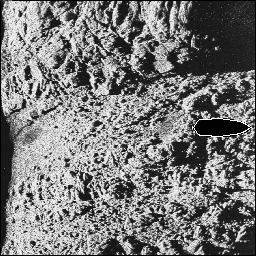
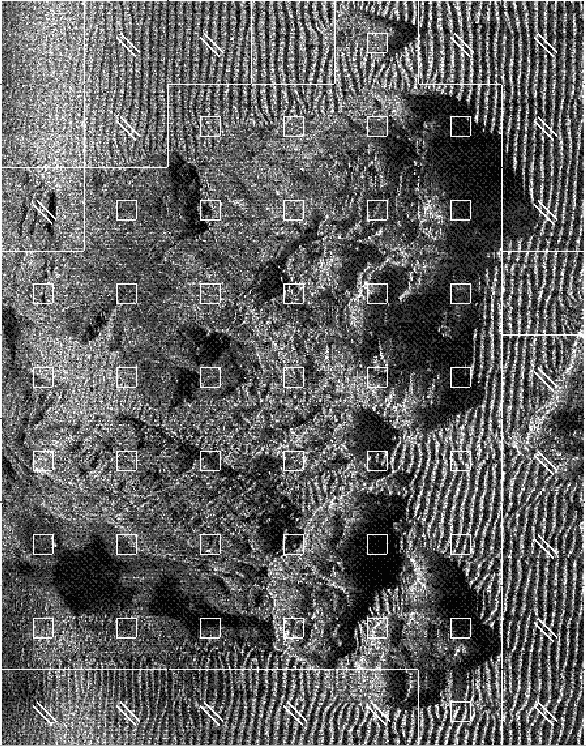
| Jury |
-
Wojciech Pieczynski
..............
Professor at INT, Paris, France
Josiane Zerubia ...................... Research Director at Inria, Nice Sophia-Antipolis, France
Patrick Bouthemy .................... Research Director at Inria, Rennes, France
Patrick Pérez ............................ Research Director at Inria, Rennes, France
Christophe Collet .................... Professor at ULP (ENSPS), Strasbourg, France
L.C. Calvez ............................... Professor at UBO, Brest, France
M. Granger ................................ Research Engineer at DGA, Brest, France

